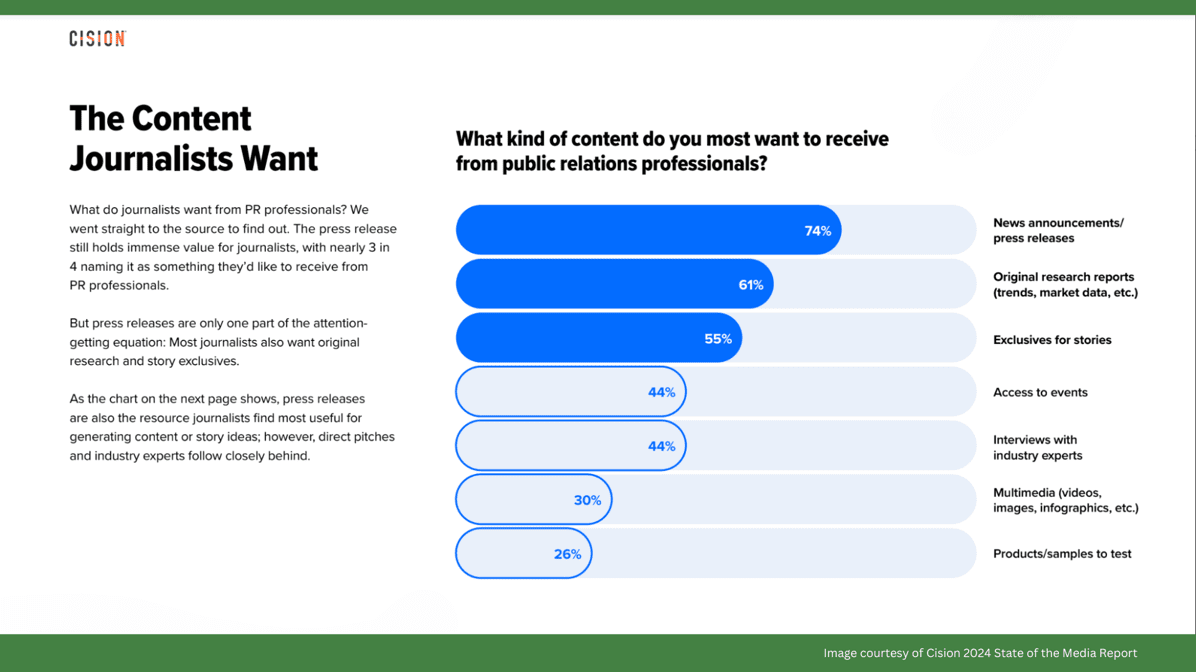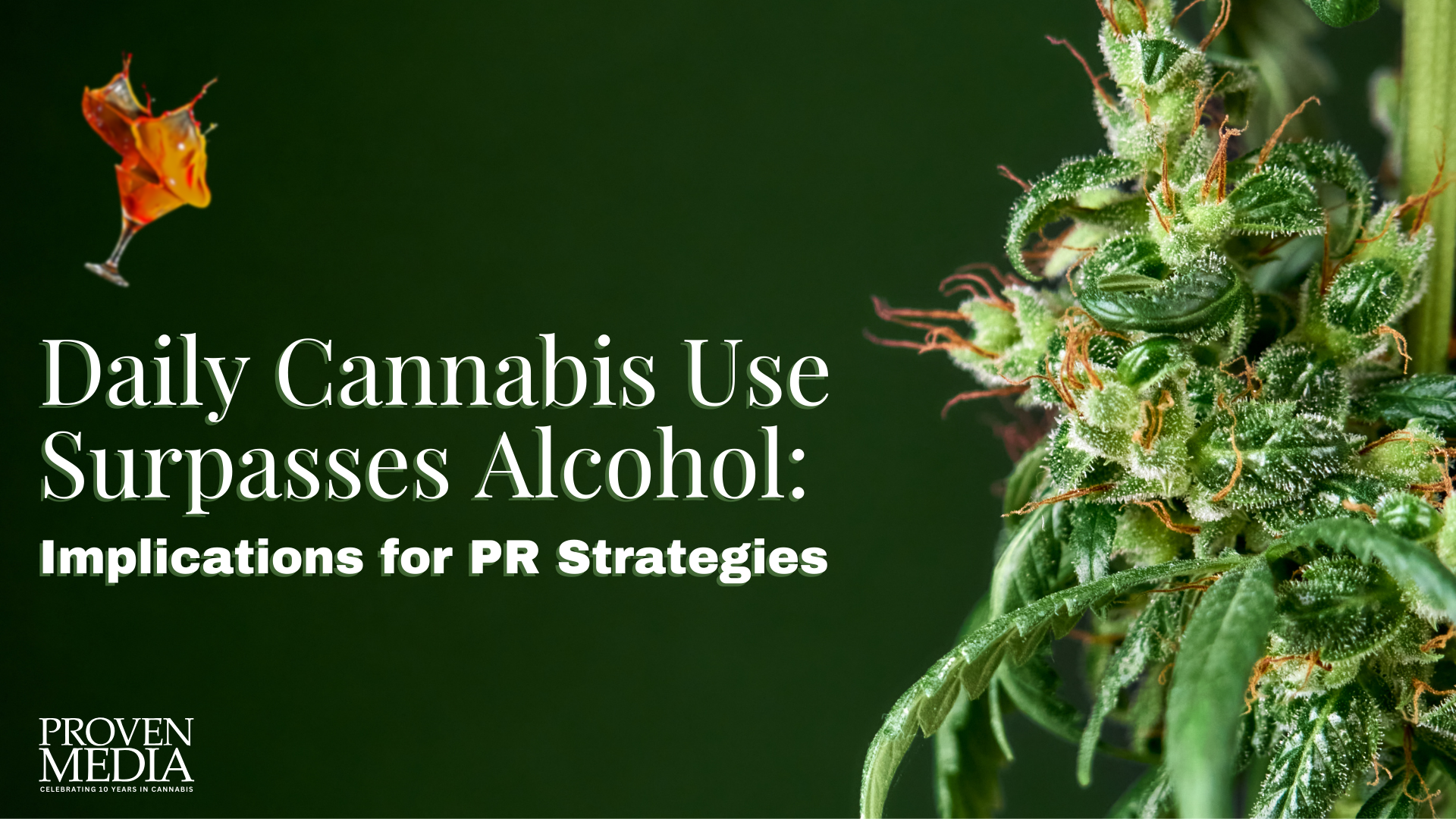It’s a common misconception that PR and marketing departments should work independently, even though both strive to achieve brand awareness, among other goals. Some companies feel that since they already have a public relations department, they don’t need to worry about marketing, or vice versa. The truth is, PR and marketing teams are complementary forces that work together to drive more success.
Before committing to one or the other, consider implementing both a marketing and PR department for stronger results.
Marketing vs public relations
With the influence of social media, the internet, and other factors, the lines between marketing and PR have become blurred. While there is often some overlap, there are many clear distinctions between the two entities.
As a general rule, marketing teams work on advertising campaigns, materials for sales teams, newsletters, blogs, graphics, and market research. Their goal for brand awareness is to drive sales.
PR teams primarily work on press releases, pitching the media for opportunities, securing speaker opportunities, and handling public image crises. Their goal for brand awareness is to boost a company’s image and position them as leaders in the space.
Here’s how PR and marketing teams can work together to achieve more:
Create unified narratives
Marketing and public relations teams both aim to create strong, distinct messaging that speaks to a company’s core values. When the two groups work together, those messages become stronger through consistency and repetition.
Your PR and marketing departments should communicate to ensure the messages they create are aligned. When both teams work to bolster the same narratives, you create a cohesive brand image that reaches and resonates with more people.
Both teams must be aware of the content and messaging in production on both sides. If a lack of communication leads to a disconnect between the marketing materials and the PR messaging, the brand image will suffer.
Amplify both campaigns
Your PR and marketing teams may work on vastly different campaigns, but they can still provide value for each other. For example, your marketing team may come up with a fun in-store activation with brands and product samples on-site for educational purposes. This is a great marketing strategy that can be amplified by a public relations team that gets local news to cover the event, thus taking the campaign further.
Part of the PESO model
Our cannabis public relations firm uses the PESO model as a strategic framework for our clients. PESO stands for paid, earned, shared, and owned media.
Public relations and marketing teams can work together to build out this framework and raise brand awareness. For example, PR teams can get earned media based on marketing teams’ campaigns, and marketing teams can turn earned media back into blogs, social media posts, and other forms of owned media.
Press coverage makes for great social media posts, blogs, and other forms of owned media. There’s no need to reinvent the wheel—instead, PR and marketing teams can rework and repurpose each other’s work for greater impact.
“I already have a marketing team. Do I really need PR?”
With good communication, PR and marketing teams can achieve more when they work together. Each team bolsters the other’s success and brings unique value to the table that could not be achieved alone. Those who utilize both departments will find their messaging amplified to a larger audience and get a better return on each investment.
We find that our cannabis public relations strategy becomes even stronger when we work with clients’ internal marketing departments. We each understand our roles in the company and can lend our skills to help the other achieve more. This complementary relationship can take companies to the next level.
Want to learn more? Contact us to take your PR strategy to the next level.






